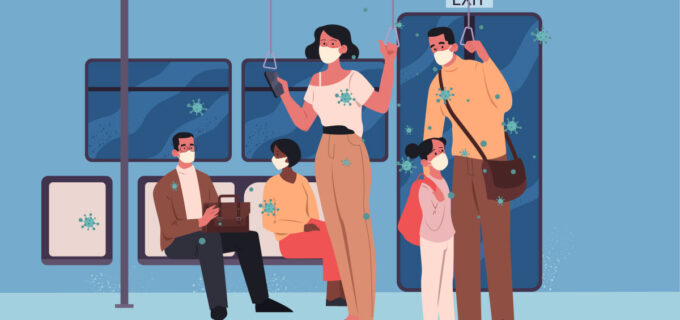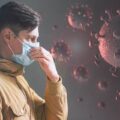Pre-symptomatic transmission of the COVID-19 Virus in Singapore – Why the Disinfection of all “High Touch” Surfaces Becomes a Compelling Imperative
The BBC recently released a news article which provides a fascinating account of how the first COVID-19 cases arrived in Singapore and triggered an island wide outbreak. In addition to providing an explicit and factual account of how the initial contacts, who had just arrived in Singapore from Wuhan went on to infect others at a church, the article also introduces the concerning issue of ‘Pre-symptomatic Transmission’ or ‘Silent Spreaders’ as the article calls them.
The article also unequivocally highlights the insidious nature of cross contamination and both the direct and indirect modes of transmission this virus has successfully mastered by efficiently using both vectors and vehicles of infection to become one of the most contagious and virulent pandemics experienced in recent history.
In Singapore, the outbreak initially began at the Life and Missions Church on January 19th, where among the congregation was a couple, both aged 56, who had arrived from China earlier that morning. The couple seemed perfectly healthy so there was no reason to think they might be carrying the virus. At that time, a persistent cough was understood to be the most distinctive feature of COVID-19 and it was seen as the most likely way to transmit it. Having no symptoms of the disease should have meant there also is no chance of spreading it.
But over the following week, three local people also came down with the disease for no obvious reason, leading to one of Singapore’s first and most baffling coronavirus cases. Working out what had happened would lead to a new and disturbing insight into how the virus was so successfully finding new victims. “We were extremely perplexed” says Dr Vernon Lee, Head of Communicable Diseases at Singapore’s Ministry of Health. “People who didn’t know one another somehow infected each other” while showing no sign of illness.
Watch how COVID-19 Spread Over a Single Sneeze to Multiple People
Dr Lee and his fellow scientists, along with police officers and specialist disease trackers, launched an investigation, generating detailed maps showing who was where and when. They quickly established that two of the Singaporeans who became infected had been at the same service as the Chinese couple. That was a useful start and would explain in theory how the infection could have been passed on, apart from one key factor. It did not answer the crucial question of how the virus could have been transmitted by the two Chinese people when at that stage they had shown no indication of having the disease!
But an even more baffling part of the puzzle emerged when it was confirmed that the third Singaporean to become infected, a 52-year-old woman, had not been at the same service as the others. Instead she had attended another event in the same church later that day, so how could she have picked up the virus?
Somehow, despite having no symptoms and not feeling ill, the Chinese husband and wife had managed to spread the virus. Maybe they’d had it on their hands and touched the seats, maybe their breath carried the infection and it landed on a surface, it’s not clear, but the implications were huge!
The implications were huge indeed, it clearly demonstrated the propensity of the COVID-19 virus to be transferred to surfaces and then remain dormant there, as a completely viable pathogenic microorganism ready and able to transfer to its next victim when they too touched the same surface. It also demonstrates, with no possible doubt whatsoever, the compelling case for effectively disinfecting all ‘high touch’ areas that could have previously been touched by an asymptomatic carrier and spreader of the virus.
That is why Big Red has introduced its unrivaled ‘COVID-19 Eradication Programme’ which utilises a two-step process; first sterilising all high touch surfaces utilising BRStrike and second by applying a surface coating of BRShield to provide these surfaces with a residual, long lasting level of disinfection that ensures complete protection from the transmission of all infectious pathogens for over 180 days.




